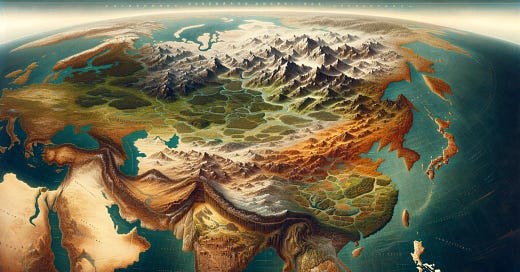What’s the largest piece of land ever ruled by one empire? I’m talking about an uninterrupted stretch of earth that ran all the way from the Pacific Ocean east of China and Korea, all the way into eastern Europe.
I’m talking about an empire that went from essentially nothing to all this in the span of a generation. This empire helped to spread ideas that created the modern world.
I’m talking about the Mongols. You probably already know that, though. You’re smart, and you also read the title.
It all started with Genghis Khan, or rather Timujin as he was called back then. Born in the 12th century in Mongolia, Timujin’s father was killed by a rival tribe. His family was deserted by most of their clan, who figured they needed a different leader to follow.
The child who would one day become the most powerful person on the planet was reduced to a hand-to-mouth existence, foraging, hunting, and even stealing for food when they needed to. His mother, Hoelun, had the immense task of keeping hers…
Keep reading with a 7-day free trial
Subscribe to Goatfury Writes to keep reading this post and get 7 days of free access to the full post archives.




